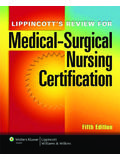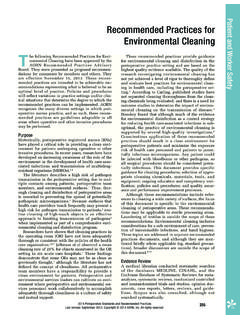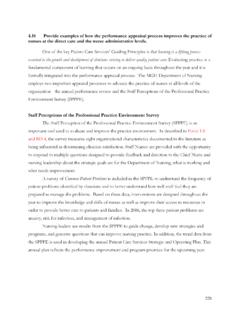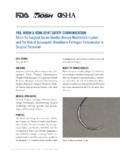Transcription of Responding to the Needs ofthe Perioperative Client
1 Responding to the Needs of thePerioperative the three phases of the Perioperative experience in relation to the Client s expected outcomes and the major functional roles ofthe the physiological, psychological, social, cultural, spiritual, and age-related aspects of the Perioperative Client s health sociocultural and ethical factors that affect decision making in planning care with the Perioperative an awareness of age-related functions and values whenassessing and teaching , implement, and evaluate the nursing care outcomes for Perioperative clients in various health care nursing interventions that achieve the individualized expected outcomes for Perioperative essential components of discharge teaching for the Perioperative s not just living, it s living in health. Guterman (1960)4704_ch30 10/12/01 pm Page 741742 UNIT VIDiagnostic and Therapeutic InterventionsPerioperativerefers to the management and treat-ment of the Client during the three phases of surgery:preoperative, intraoperative, and postoperative.
2 Thethree Perioperative phases are designated by time inter-vals, interventions, and settings, using the word roots ofpre before; intra during, and post after. Preop-erative(before surgery) refers to the time interval thatbegins when the decision is made for surgery until theclient is transferred to the operating room (OR). The intraoperative(during surgery) phase begins whenthe Client is transferred to the OR and ends with clienttransfer to a postanesthesia care unit (PACU). When theclient leaves the OR and is taken to a PACU, the post-operative(after surgery) phase begins; this phase con-tinues until the Client is discharged from the care of have occurred in Perioperative services as aresult of advances in technology (such as lasers) andlimited resources such as cost-containment measures inhealth care. These changes have challenged health careproviders to be more responsive and cost-effective indelivering Perioperative services.
3 Surgery is a major source of a hospital s major surgical interventions still occur in thehospital setting, the 1980s introduced a trend to per-form surgery in ambulatory settings. Many of the serv-ices of the hospital s Perioperative departments are nowperformed in outpatient settings. This change has had apositive impact on decreasing health care costs relatedto surgery. At the same time, health care providers arechallenged to work in greater collaboration to decreasethe Client s length of stay in the hospital, increase satis-faction with the services, and prevent surgery clinics (free-standing facilities)also began in the 1980s as an outgrowth of federally reg-ulated reforms from the Health Care FinancingAdministration (HCFA). HCFA s goal in health carereform was to decrease inpatient costs of for inpatient hospitalization, ambulatory surgeryclinics provide all the services offered by 1989, HCFA developed a listing of urgent and elective surgeries that require preauthorization forMedicare clients .
4 Preauthorization means the surgerymust be approved before surgery is performed toensure that Medicare and other third-party payers willreimburse the facility for incurred surgical INTERVENTIONSS urgery is performed to correct an anatomical or physi-ological defect or to provide therapeutic are categorized according to the degree ofurgency(timely intervention of surgery) surgery requires immediate interventionto sustain surgery dictates intervention as necessary tomaintain health in situations that are not surgery is usually performed at a time con-venient to the Client , with the delay presenting nophysiological harm. Once the degree of urgency is established, the reasonfor performing the surgical intervention is categorizedaccording to the expected outcome (see Table 30-1).KEYTERMS anesthesiaarthroplastycontinuous passive motion(CPM) deviceCullen s signextubationincentive spirometersintraoperativeintubationlock- out intervalmalignant hyperthermiapatient-controlled analgesia(PCA)perioperativepneumatic compressiondevicepostoperativepreoperati vepulse oximetertranscutaneous electricalnerve stimulation (TENS)urgencyTABLE 30-1 Surgical Interventions Based on Expected OutcomesInterventionExpected OutcomeDiagnostic/exploratory Determine the origin of presenting symptoms and extent of a disease process ( , biopsy)ReconstructiveCorrect a disease process or improve cosmetic appearance ( , arthroplasty and rhinoplasty)CurativeRepair or remove a diseased organ or restore normal physiologicfunctioning ( , amputation or aneurysm repair)PalliativeDecrease the spread of the disease process to prolong life or to alleviate pain ( , colostomy or partial tumor removal)
5 TransplantRemove diseased tissue or organ and replace with functioning tissue or organ ( , kidney)4704_ch30 10/12/01 pm Page 742 CHAPTER 30 Responding to the Needs ofthe Perioperative Client743In a true emergency, saving the Client s life is the pri-mary goal. Stat blood work, including a type and cross-match, is performed while the Client and the operatingroom are prepared for the surgery. Urgent and electivesurgeries allow the Client and physician time to discussthe setting and scheduling of the surgery. SETTINGA mbulatory care centers and physician offices are theusual settings for minor surgical procedures, such asremoval of skin lesions and laparoscopy for inspectionand biopsy. Outpatient surgery areas (one-day surgerycenters or free-standing ambulatory clinics) provide theclient and physician with alternative services for urgentand elective surgeries.
6 Outpatient surgical units focus on the Needs of theclient and strive to expedite the rendering of serviceswith a preadmission visit. Preauthorization documentsfor Medicare or third-party insurance payers should beprocessed and approved before the preadmission the preadmission visit, the nurse and anes-thetist perform the preoperative assessment and initiateteaching. Diagnostic tests are performed in the outpa-tient surgical unit as opposed to the traditional processof having a Client go to the various hospital departmentsfor testing. Performing diagnostic testing in this fashionpromotes a sense of caring for the Client s Needs anddecreases the preadmission time. On the day of surgery, clients who have been pread-mitted go directly to an outpatient surgical unit, wherethey are prepared for surgery. Family members areencouraged to remain with the Client while the clientawaits transfer to the operative care is initiated for the hospitalized clientwhen the decision is made for surgery.
7 The Client isreassessed and the nurse collaborates with the Client inplanning the care. Client and family teaching is begun assoon as possible to allow time to reinforce the a Client for a surgical procedure requiresthe collaboration of many professionals. Specific roleresponsibilities focus on assessment, Client and familyteaching, and interventions to promote Client achieve-ment of expected outcomes. Perioperative MANAGEMENT OF CAREE ffective Perioperative management is directed by a mul-tidisciplinary team in accordance with recognized stan-dards of care and individualized expected clientoutcomes. Institutional protocol, which defines how pro-cedures will be performed, is initiated in the preoperativephase and continues throughout the othe phases. Each member of the health care team (surgeon,anesthetist, and nurse) has a specific role and responsi-bility toward the Perioperative Client .
8 Collaborationbetween all health care providers is essential in plan-ning Client care. Collaboration means that people withdifferent areas of expertise are working as equals todefine issues, design solutions, and achieve high qualityoutcome (Rubenfeld & Scheffer, 1999, p. 352).Surgeon ResponsibilitiesPhysicians are credentialed by health care facilities toperform surgery. The surgeon is the primary physicianthe nurse communicates with regarding Client careneeds. Before surgery, the surgeon: Determines the need for the surgical intervention onthe basis of the Client s medical diagnosis and findingsfrom the medical history and physical examination Determines the surgical setting in collaboration withthe Client Orders diagnostic tests only if directly correlated tothe procedure or Client diagnosis (see the accompa-nying display) Obtains Client s consent for the surgical procedure Teaches the Client about the outcomes and risks ofthe procedureA major role function of the surgeon is explaining and doc-umenting evidence that the Client understands the nature of the sur-gical procedure, the risk factors, and expected outcomes of the is done with a surgical consent form, the Client s writtenpermission to allow the surgeon to provide surgery.
9 Manystates, through statutory provisions, require physicians toperform and document Client teaching. Once the clientdemonstrates understanding, the Client signs the form, giv-ing permission for the specific surgical Provider ResponsibilitiesThe anesthesia provider (anesthesiologist or certifiedregistered nurse anesthetist) actively participates ineach Perioperative phase. The main role of the COMMON DIAGNOSTIC TESTS Urinalysis Complete blood count (CBC) Prothrombin time (PT) and partial thromboplastintime (PTT): clients with known or suspected coagu-lation defects or to establish baseline information Chemistry profile: clients with diseases that can alterelectrolytes Electrocardiogram (ECG) Human immunodeficiency virus (HIV) testing: Inaccordance with agency policy Chest x-ray films: clients over age 60 years, smokers,or those scheduled for general anesthesia4704_ch30 10/12/01 pm Page 743744 UNIT VIDiagnostic and Therapeutic Interventionsanesthesia provider is to ensure Client safety relative tothe administration of anesthesia.
10 The anesthesiaprovider: Obtains informed consent for anesthesia services Performs a preanesthesia evaluation that includes athorough history, such as complications from previ-ous anesthesia, and physical examination (AmericanAssociation of Nurse Anesthetists [AANA], 1999a) Selects anesthetic agents Teaches the Client regarding the anesthetic medica-tions, their side effects, and risk factors Performs intubation(the insertion of an endotra-cheal tube into the bronchus through the nose ormouth to ensure an airway) and extubation(theremoval of an endotracheal tube)Most surgical procedures have predetermined anes-thetic agents based on policy; if there is a variance fromthe norm, the anesthetist seeks agreement with the sur-geon. The decision to use particular anesthetic agents isbased on the Client s health status, the surgical proce-dure, and anticipated duration of the surgery.

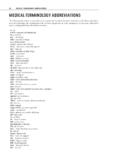

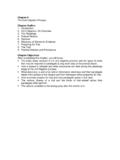
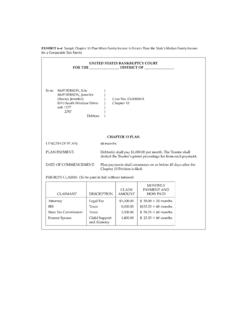
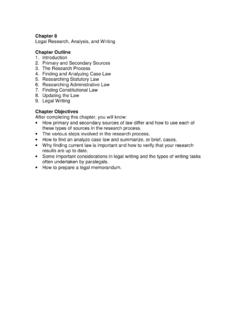
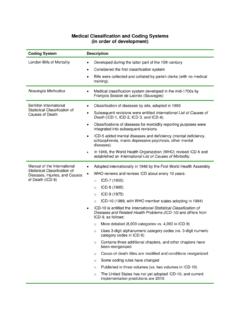
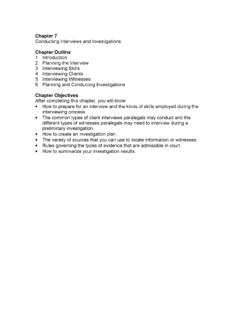

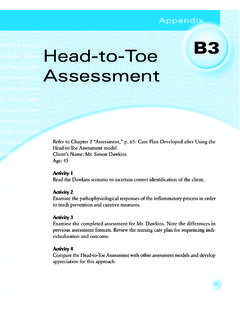
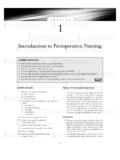
![British Anaesthetic and Recovery Nurses Association [BARNA]](/cache/preview/3/3/6/4/d/c/d/4/thumb-3364dcd4e351674f719a97a46568aade.jpg)
